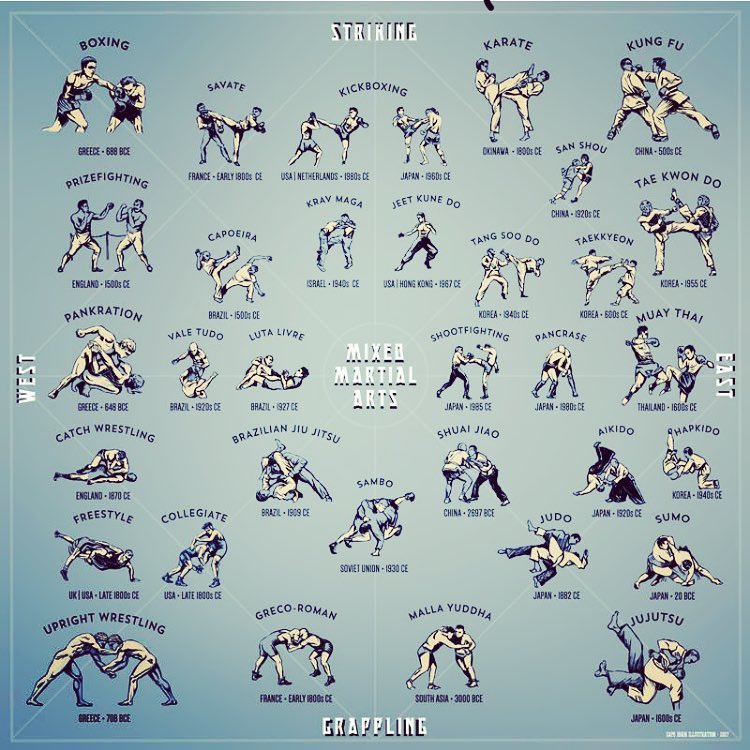The Advancement And Historical Relevance Of Martial Arts Throughout Different Cultures
The Advancement And Historical Relevance Of Martial Arts Throughout Different Cultures
Blog Article
Post Developed By-Mortensen Ebsen
Martial arts have a fascinating history that spans centuries and continents. You might find it interesting exactly how ancient practices like Shuai Jiao and Kalaripayattu laid the groundwork for modern combat methods. These disciplines not just stress physical skills but likewise mirror the cultures that birthed them. As you explore their advancement, consider how globalization has changed these conventional forms into hybrid styles. What impacts do you assume have shaped today's martial arts landscape?
Ancient Martial arts: The Structures of Combat
As you delve into the globe of old martial arts, you'll find the rich foundations that formed combat strategies throughout cultures. Early techniques concentrated on Self-Defense and survival, frequently including strikes, hurting, and weaponry.
In view it now , for instance, techniques like Shuai Jiao emphasized tosses and joint locks, while India's Kalaripayattu showcased agility and fluid movement. Japanese samurai developed Kenjutsu, a refined swordsmanship that highlighted discipline and method.
These martial arts served not just for battle however additionally as a means of personal advancement, instilling worths like regard and determination. The mixing of these strategies in time laid the groundwork for the diverse martial arts you see today, each mirroring the distinct philosophies and needs of its culture.
The Social Impact on Martial Arts Growth
While martial arts typically show the useful needs of a society, they also embody the social worths and ideas of their beginnings. When you discover various martial arts, you'll see exactly how they're affected by faith, approach, and social standards.
For example, the emphasis on respect and technique in Japanese martial arts comes from Zen Buddhism and samurai society. On when should kids start martial arts , Brazilian Jiu-Jitsu promotes flexibility and technique, formed by the demand for effectiveness in a diverse, modern setting.
You may find that the rituals, uniforms, and training techniques show a neighborhood's history and identification. By understanding these social impacts, you grow your recognition of martial arts and their function fit human experiences around the world.
Modern Adaptations and the Globalization of Martial arts
Martial arts have transformed considerably in current years, adapting to modern society and global influences. You'll notice that traditional kinds have mixed with modern-day techniques, producing hybrid styles like mixed martial arts. These adjustments satisfy varied target markets, making martial arts easily accessible and appealing around the world.
With the increase of social media and digital platforms, you can discover tutorials and competitors from all edges of the world, breaking geographical obstacles. This globalization has actually brought about a common recognition for numerous self-controls, from Brazilian Jiu-Jitsu to Taekwondo.
As you engage with these arts, you'll recognize they're not nearly battle; they advertise fitness, technique, and psychological well-being.
Ultimately, modern adjustments have actually enriched the martial arts landscape, making it a vibrant and developing technique.
Conclusion
In discovering the history and evolution of martial arts, you discover a fascinating mix of methods, cultures, and viewpoints. From ancient techniques like Shuai Jiao and Kalaripayattu to the contemporary flexibility seen in mixed martial arts, martial arts show humanity's pursuit for Self-Defense and personal growth. As you involve with these methods, you not just gain abilities but additionally a deeper admiration for the varied customs that shape our world today. So, proceed your trip and embrace the art of fight!
